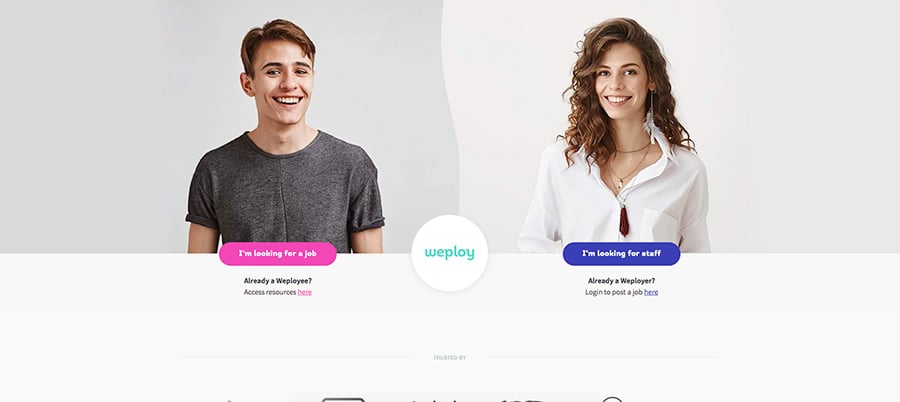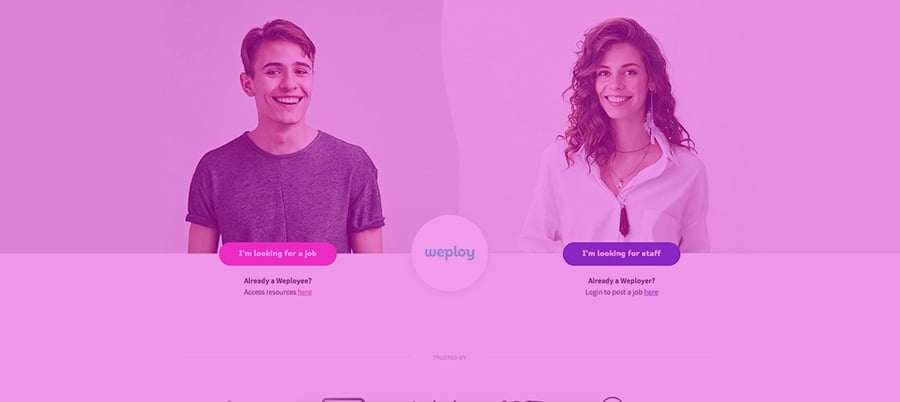I'm going to assume that most people reading this article have an image slider featured proudly on their website. You saw the title and thought–"Hey, my site has an image carousel... What's he talking about. I love our image slider!"
After many many discussions–I'm going to throw my hat in the ring on the slider debate. A genuine debate of logic vs fad. But, if you're a slider lovin' website owner. That's cool. You can keep on loving that slider, but you should probably consider a few of the below points, before your next website redesign.
Through our work with clients, especially the planning, analysis and conversion optimisation stages, we've been noticing trends and issues with banner or image carousels, particularly on the homepages of our clients sites. Not naturally being big fans, it was time to dig a little deeper and locate some supporting information around image carousels - the good, the bad and the ugly.
The Awkward Conversation
Most times with an image carousel, it's an easy fix to a tricky conversation or decision. You can't decide what product or service should take centre stage. Everyone weighs in with their two cents as to what should feature on the home page. From the muttering and arguing comes an - I know! Let's use a slider and keep everyone happy.... The slider is born. But who is the solution really for? Stakeholders? Does it really serve the aims and objectives of the most important person - the user?
The Disparaged Client
Just to be clear. We don't enjoy telling our clients they can't have what they want. It's avoided, unless it's the difference between their website looking awesome and performing poorly. We know a stronger bottom line will make our clients happier over the look and feel of a pretty image carousel, so please don't hate us if we talk you out of it.
Why? Well, all of those moving elements hogging the limelight, saying "look at me, look at me" are actually challenging the users natural and preferred usage patterns. Let's break down a few key areas of the why you should reconsider the image carousel on your site for usability.
Downfalls ( and they are big and many)
Slow loading:
It's slooooowwwing down your page; we've seen page load times severely hampered by image carousels. Not all, but most contribute to poor load times. Milliseconds matter in the online world and users and search engines take notice.
Content Replacement:
"Let's just make top part of the page really visual and feature a slider!" says your team. But, what about some content for a search engine? Users want content too, hence why search engines crawl the net looking for content. Don't sell off your prime real estate for visuals that users might interpret as blatant advertising. If you're going to make it centre stage, at least make it content rich, click friendly and not look like and ad.
Usability:
Consider the type of technology that has been used to implement your carousel. This slows down your site, which impacts the User Experience and can lead to a higher bounce rate. It can also prove damaging when looking at your site across multiple devices, especially mobile, which is a market place you don't want to miss out on.
Banner Blindness:
Banner Blindness occurs when you place advert looking banners on your site and walaa. Instantly, a user gets that advert feeling. To explain, that's the total opposite of that lovin' feeling. When foraging the internet for information users don't enjoy having advert esque images thrust in front of them. As a user, we like to be in control– that's why pop ups are so damn hated. Let your users find their way by considered and engaging placements of content.
Tip: Consider building your site with smart functionality, so your site returns content relevant most relevant to the users browsing habits.
Summing Up
Finally, don't take my word for it. Install a heat map on your site or install conversion tracking events to your image carousel call to actions and see for yourself.
The debate over sliders will live on fueled by why not's and the olive branch to keep all stakeholders happy, but try and maintain the objective of creating a truly user friendly site with functionality well considered.



